From Sight and Sound, February 2006. — J.R.

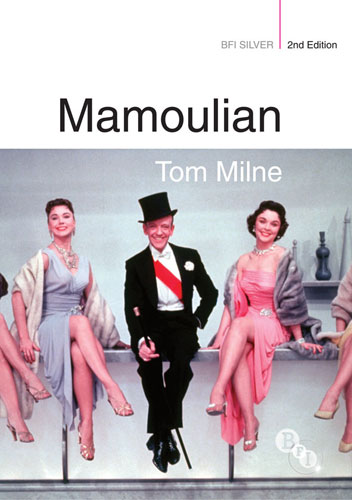
I was a fan of Tom Milne’s writing before I ever met him, having not only read his passionate criticism religiously in Sight and Sound during the 1960s, but also having selected his review of Franju’s Judex for a never-published anthology, Film Masters, that I edited in New York, shortly before I moved to Paris in 1969. I acquired permission to reprint it from Penelope Houston, the magazine’s editor (whose vibrant review of Last Year at Marienbad I was also including), and having published virtually nothing of my own at the time, I was inordinately pleased when Penelope wrote me back that Tom had said, “Whoever he is, tell him he’s got taste,” for that review was one of his own favorites.
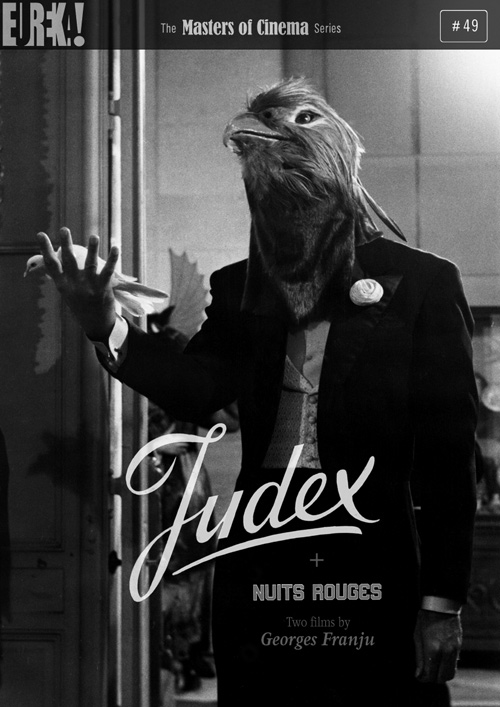
I think I must have met him for the first time circa 1974, in London, when I was preparing to live there and start work as assistant editor to Richard Combs on Monthly Film Bulletin, Sight and Sound’s sister magazine at the BFI. As a former assistant to Penelope, Tom was still a key contributor to both magazines; one might even call him — I would indeed call him — the key contributor, as well as a mainstay at the office in all sorts of other, more practical ways (such as deputy editing and proofreading, for example). Read more
From the Chicago Reader (February 1, 1997). — J.R.
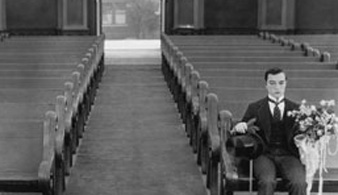
Buster Keaton is a bachelor who stands to inherit a fortune if he finds himself a bride by seven o’clock in this 1925 silent feature, which Dave Kehr has described as “a cubist comedy…based on a principle of geometric progression” from the number seven. Adapted from a stage-bound play by David Belasco, it takes off into the stratosphere only at the climax, but that outlandish chase sequence alone is well worth the price of admission. On the same program: one of Keaton’s greatest shorts, Cops (1922), which he directed with Eddie Cline. Both films will be shown in 35-millimeter prints, and David Drazin will provide live piano accompaniment. Gene Siskel Film Center, 164 N. State, Friday and Saturday, September 21 and 22, 6:15, 312-846-2800.

Read more
From Oui (August 1974). As unlikely as this may sound to some, Out 1: Spectre enjoyed a week-long run in Paris at a Left Bank cinema (Studio Gît-le-Coeur) in my own neighborhood around the same time I wrote this capsule, so I had many opportunities to make return visits. –- J.R.
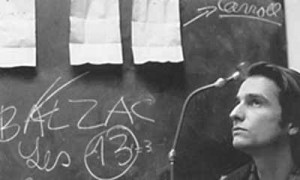
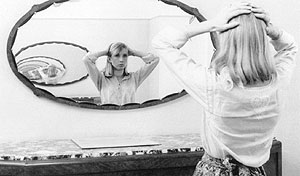
Out 1: Spectre. “Who are the 13?” jean-Pierre Léaud, when he isn’t impersonating a deaf mute on Champs-Elysées, is traveling around the rest of Paris, asking a variety of people this embarrassing question. He’s trying to solve the riddle of a secret society alluded to in a coded message – hidden relationships of power and influence lurking behind the normal surfaces of the everyday. Some of the reputed members of this sect include the owner of a hippie boutique (Bulle Ogier), a theater director (Michel Lonsdale), a lawyer (Françoise Fabian), and a novelist (Bernadette Lafont). Meanwhile, a small-time hustler (Juliet Berto) comes across additional evidence in a b atch of letters that she steals for blackmailing purposes. Although Berto and Léaud never meet, just about everybody else in Out 1: Spectre cross paths at one point or another. The movie’s geared to work that way, with each actor furnishing his own scenario and improvising dialogue while Jacques Rivette, the director, stages confrontations between them within his master plan. Read more
From Monthly Film Bulletin, December 1975 (Vol. 42, No. 503). — J.R.

Framed
U.S.A., 1974
Director: Phil Karlson
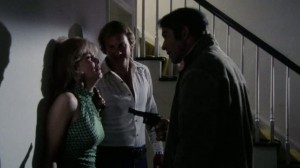
In films as diverse as 99 River Street and The Phenix City Story, Phil Karlson has shown a striking aptitude for the dynamics of seedy crime melodramas — particularly those which deal, in Andrew Sarris’s phrase, “with the phenomenon of violence in a world controlled by organized evil”. Working, however, in slicker settings and with a plotline at once as hackneyed and as confused as the one in Framed, he appears no better than anyone else at handling the hysterical revenge theme that has often seemed his stock-in-trade.
Discounting some lamentable lab work and five minutes of censor’s cuts in the version under review — which apparently include a rape and some protracted pre-murder mayhem perpetrated by the hero against a failed kidnapper (shooting one ear off and prodding the other with hot wire, until he gives out information) — it is difficult to imagine what could have been salvaged from such a nonsensical collection of plastic characters and cardboard stances, where the narrative proceeds as if by hiccups and the film’s dramatic highlight is provided by the hero remarking of a minor villain, “First time I ever saw a tub of shit in a suit”. Read more









